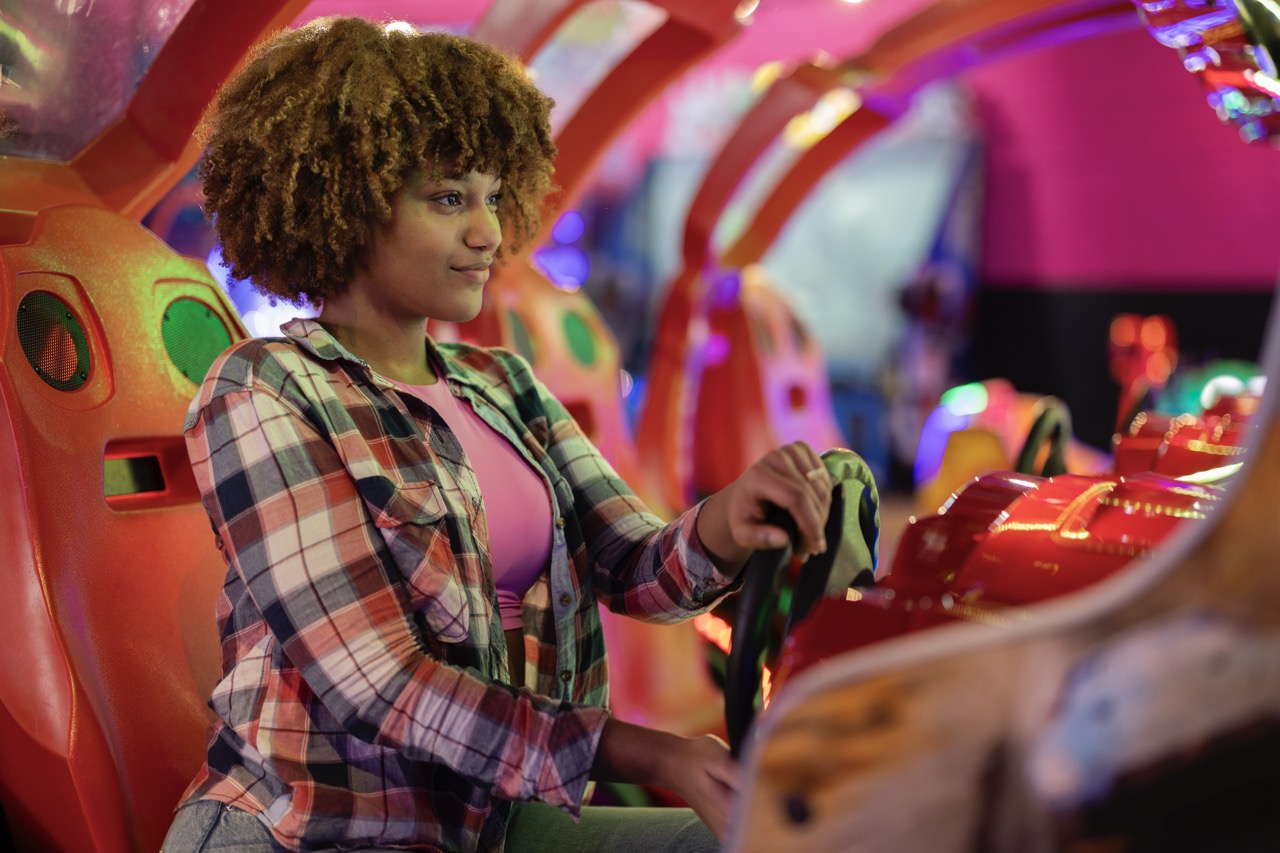Crossover fighting games have become a significant genre in the gaming world, bringing together beloved characters from different franchises to duke it out in epic showdowns. Among the pioneers of this genre stands "Marvel vs. Capcom," a series that not only defined crossover fighting but also set the stage for future titles. Let’s dive into the origins of crossover fighting games, the impact of "Marvel vs. Capcom," the iconic characters that have shaped the scene, and what the future may hold for this fascinating genre.
The Origins of Crossover Fighting Games Explained
The concept of crossover fighting games isn’t as new as some might think. It all began in the late ’80s and early ’90s when developers started to experiment with combining different characters from various franchises. The fighting game genre was booming with titles like "Street Fighter II," which laid the groundwork for competitive play. These early games created a craving for players to see their favorite characters face off against each other, leading to the first inklings of crossover gameplay.
The first major crossover fighting game to make waves was "Captain Commando," released in 1991 by Capcom. Though it didn’t feature the same level of character diversity that we see today, it was a game-changer in its own right. The success of games like "Street Fighter" encouraged Capcom to explore crossover possibilities further, culminating in the monumental collaboration with Marvel Comics. This partnership proved to be a match made in gaming heaven, prompting the development of titles that would change the landscape of fighting games forever.
By the time "Marvel vs. Capcom" debuted in the late ’90s, the genre had already begun to define itself. It was a blend of vibrant graphics, fast-paced action, and an array of characters that fans adored. The success of these crossover titles laid the foundation for the genre we know today, creating a space where developers could push the envelope, experiment with character combinations, and provide players with a unique gaming experience that they couldn’t find anywhere else.
Marvel vs. Capcom: A Match Made in Gaming Heaven
Launched in 1998, "Marvel vs. Capcom: Clash of Super Heroes" was the first game to bring together characters from the Marvel universe and Capcom’s roster. This revolutionary title was unlike anything that had come before it. Players could choose teams of two characters, switching between them seamlessly in a tag-team style, which introduced a layer of strategy and excitement that was new to fighting games at the time.
One of the standout features of "Marvel vs. Capcom" was its flashy aesthetics. The game was filled with colorful, comic-book-inspired graphics that made characters like Spider-Man and Ryu come alive on screen. The fast-paced, combo-heavy gameplay kept players on the edge of their seats, and the unique character abilities added depth to combat strategies. Players could pull off insane combos that not only showcased their skill but also created an exhilarating spectacle that kept audiences entertained.
As the series evolved, each installment introduced new characters, levels, and mechanics, further solidifying its position in the fighting game community. Titles like "Marvel vs. Capcom 2" and "Marvel vs. Capcom 3" featured expansive rosters that included fan-favorites and obscure characters alike, ensuring that there was something for everyone. This formula of combining two universes not only captivated fans of both franchises but also attracted new players, contributing to the enduring popularity of crossover fighting games.
Iconic Characters That Shaped the Crossover Scene
The beauty of crossover fighting games lies in their ability to bring together a variety of characters that fans love. In "Marvel vs. Capcom," iconic figures like Wolverine, Iron Man, and Chun-Li became staples, each with their unique abilities and fighting styles. Wolverine’s berserker rage, coupled with Chun-Li’s acrobatic kicks, created dynamic matchups that fans still discuss today. These characters resonated with players, helping to elevate the series to new heights in the gaming hierarchy.
Moreover, the crossover nature allowed for unexpected character interactions that led to memorable moments in gaming history. Imagine watching Ryu go toe-to-toe with Doctor Doom or celebrating when a well-timed special move leads to a dramatic finish. These interactions added a layer of depth to both character development and storytelling within the game. Players often felt a connection to these characters, enriching their gaming experience and strengthening the community around these titles.
As the franchise continued to grow, new characters entered the fray, including the likes of Deadpool, Morrigan, and Dante. Each brought their unique mechanics and lore, further adding to the rich tapestry of the game. The popularity of these characters not only influenced subsequent games but also permeated popular culture, inspiring merchandise, animated series, and movies. The cross-pollination of fandoms contributed to a sense of community, making crossover fighting games a shared experience for players across generations.
The Future of Crossover Fighting: Trends and Predictions
As we look to the future of crossover fighting games, several trends are already emerging. With the advancement of technology, developers are now able to create more complex, visually stunning games. The potential for high-quality graphics and expansive worlds is limitless, which could lead to even more engaging crossover experiences. Enhanced online capabilities could also allow for more seamless multiplayer interactions, making it easier for fans to connect and compete globally.
Another trend we might see is the integration of narrative elements within crossover titles. Games like "Super Smash Bros." have shown that players enjoy an overarching story within crossover experiences. Future titles may explore deeper narratives that weave together the universes of various characters, offering fans a more immersive experience that goes beyond just fighting mechanics. By tapping into character lore, developers can create unique storylines that resonate with long-time fans and newcomers alike.
Finally, the rise of indie games may also play a role in the future of crossover fighting. Smaller developers are increasingly experimenting with unique character combos and gameplay mechanics, leading to innovative titles that challenge traditional norms. This diversity in development could inspire major franchises to take risks, leading to exciting new directions for crossover fighting games. As the gaming community continues to evolve, one thing is for sure: the thrill of seeing your favorite characters clash will never fade.
Crossover fighting games have come a long way since their inception, and "Marvel vs. Capcom" has played a pivotal role in that journey. From its iconic characters to its innovative gameplay, the franchise has not only shaped the genre but also created a lasting legacy that continues to influence new titles. As we look forward, the potential for crossover fighting games remains bright, promising exciting developments and unforgettable experiences for fans old and new. So, get ready to battle, because the fight is far from over!










